Are there still traces of World War II in Bordeaux today? It may be 80 years since the German Occupation of the city ended, but there are clues to this fascinating story if you know where to look. This post outlines the history briefly, then suggests three places to visit and a number of books and websites to consult if you want to find out more.
a little history
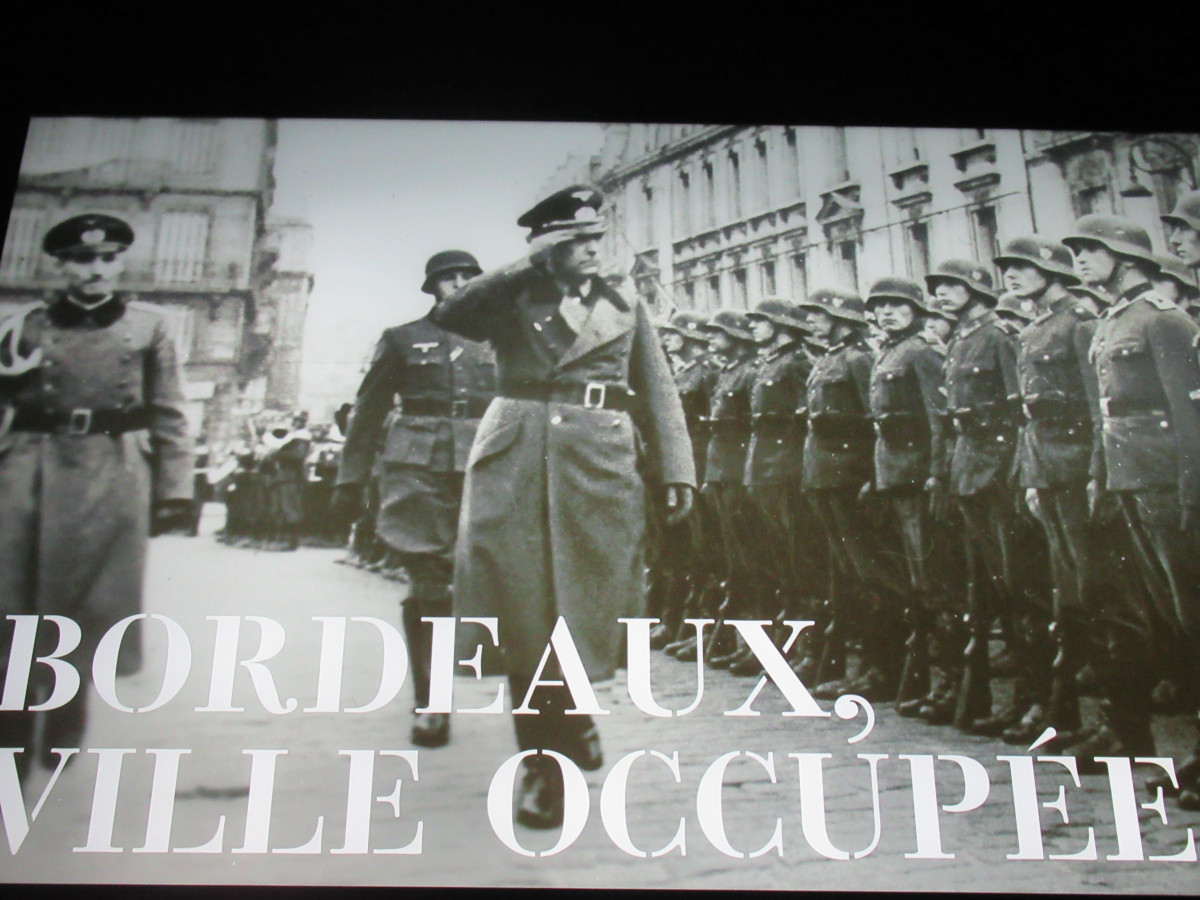


At first the German attacks on France targeted northern France, but by June 1940, Bordeaux was heavily affected. The government had relocated temporarily to the city and thousands of refugees were arriving every day. On June 19th, Bordeaux was bombed and on the 25th the Armistice was signed and the city and much of the surrounding Gironde area became part of the Occupied Zone. A service of national mourning was held at St André Cathedral and German troops arrived in Bordeaux in large numbers.
Everything was immediately different: German voices on the streets, Nazi flags flying on key buildings, a German command centre set up in the Place Pey-Berland. Daily life was difficult because of food and fuel shortages. Rationing was strict – for example 250g of bread per day for women and children and 100g of meat per month – and a black market sprang up. Propaganda was rife, many buildings were requisitioned by the Germans, the city was bombed about 20 times and some 3000 children were evacuated to the countryside.
occupied bordeaux

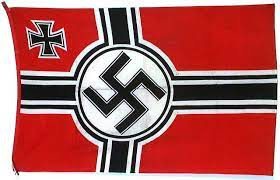
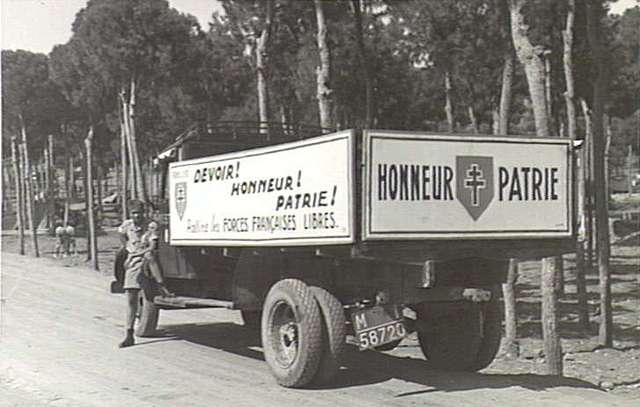
Many, understandably, tried to keep their heads down and continue with life as normally as possible. Some collaborated with the Germans, forming groups like Les Amis du Maréchal or – from 1943 – joining the Milice, a group of trained civilians who upheld German law. Others joined the Resistance, gathering information to send to the Allies, organising escape networks for all sorts of groups including Jews, allied pilots and people whose underground resistance work was putting them in danger. The risks were huge: interrogation by the Gestapo, imprisonment, deportation to the death camps, execution.
Game of Spies, by Paddy Ashdown, gives a detailed picture of life in occupied Bordeaux. The book is subtitled ‘The Secret Agent, the Traitor and the Nazi’ and details the exploits of three key figures from the time. Numerous events are recounted, including RAF equipment drops into the Gironde countryside, plots, counter-plots, arrests, and escapes, and details of the training of Resistance members including ‘how to spot if you are being followed, what to do to shake off a pursuer, how to deal with an agent provocateur and, if captured, how to resist interrogation.’
visit the submarine base
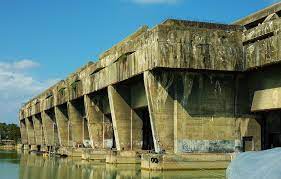
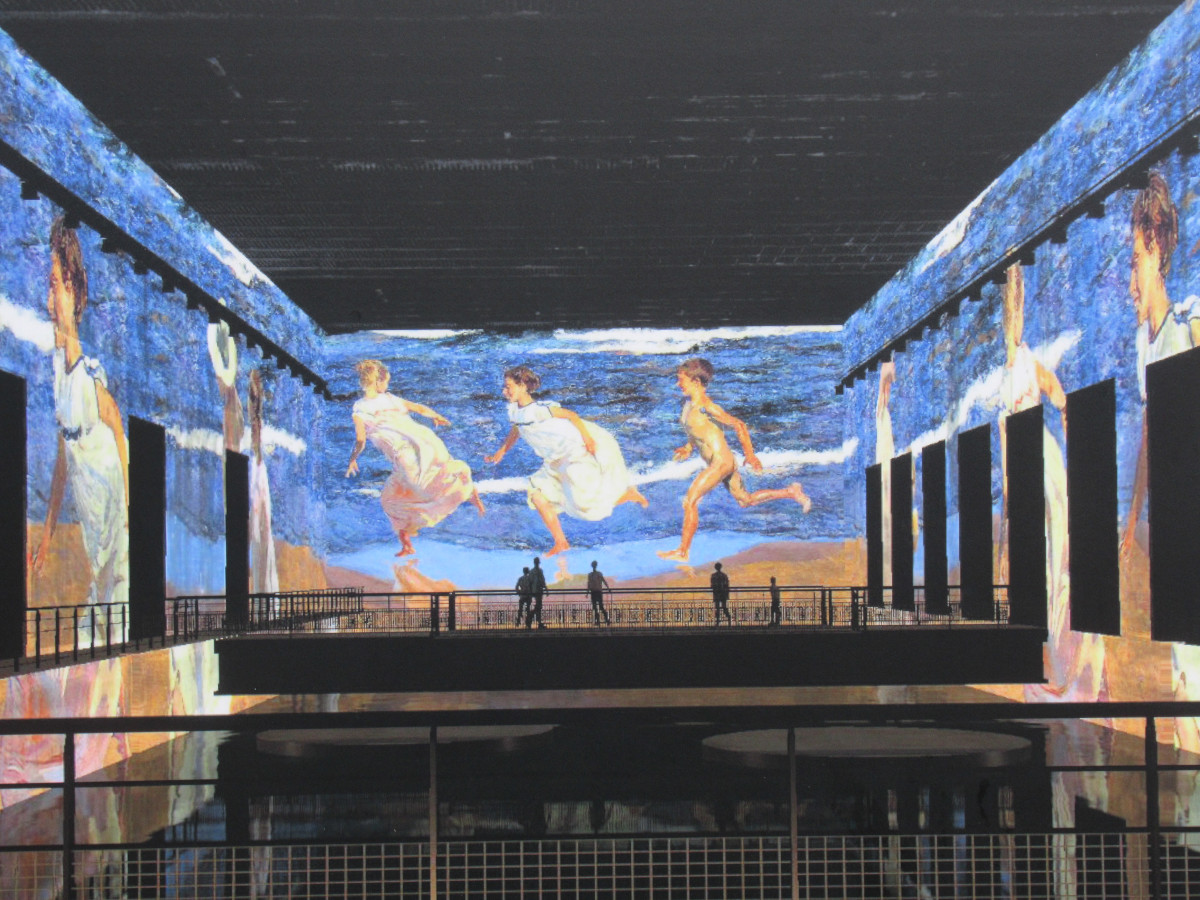

Because of Bordeaux’s strategic position with a ready-made harbour and good access to the Atlantic, it was here that the Germans built their wartime submarine base, known today as the Bassins à Flot. Some 6,500 people – many of them Spanish Republican prisoners – worked day and night for 19 months to build it and from January 1943 it became the hub of the German U-Boot flotilla. Over 40 submarines were housed there, leaving Bordeaux for attack missions and returning to refuel and undergo maintenance. Of course, it was a primary target for Allied attacks, such as the American air strike on May 17th 1943 in which over 200 civilians were killed. The bunker was hit, but only superficially damaged.
As the liberation of France approached, the flotilla was disbanded and the last U Boots retreated on August 26th, 1944. The base was handed to the French Navy, then to the Port of Bordeaux and eventually decommissioned in 1982. You can visit it today to see an exhibition on its wartime role and (or!) to enjoy its new role as a huge digital art facility, the Bassins des Lumières, and see immersive digital art shows projected onto the walls of this very unusual venue. (There will be more on this in Episode 07, Art in Bordeaux)
the great synagogue of bordeaux
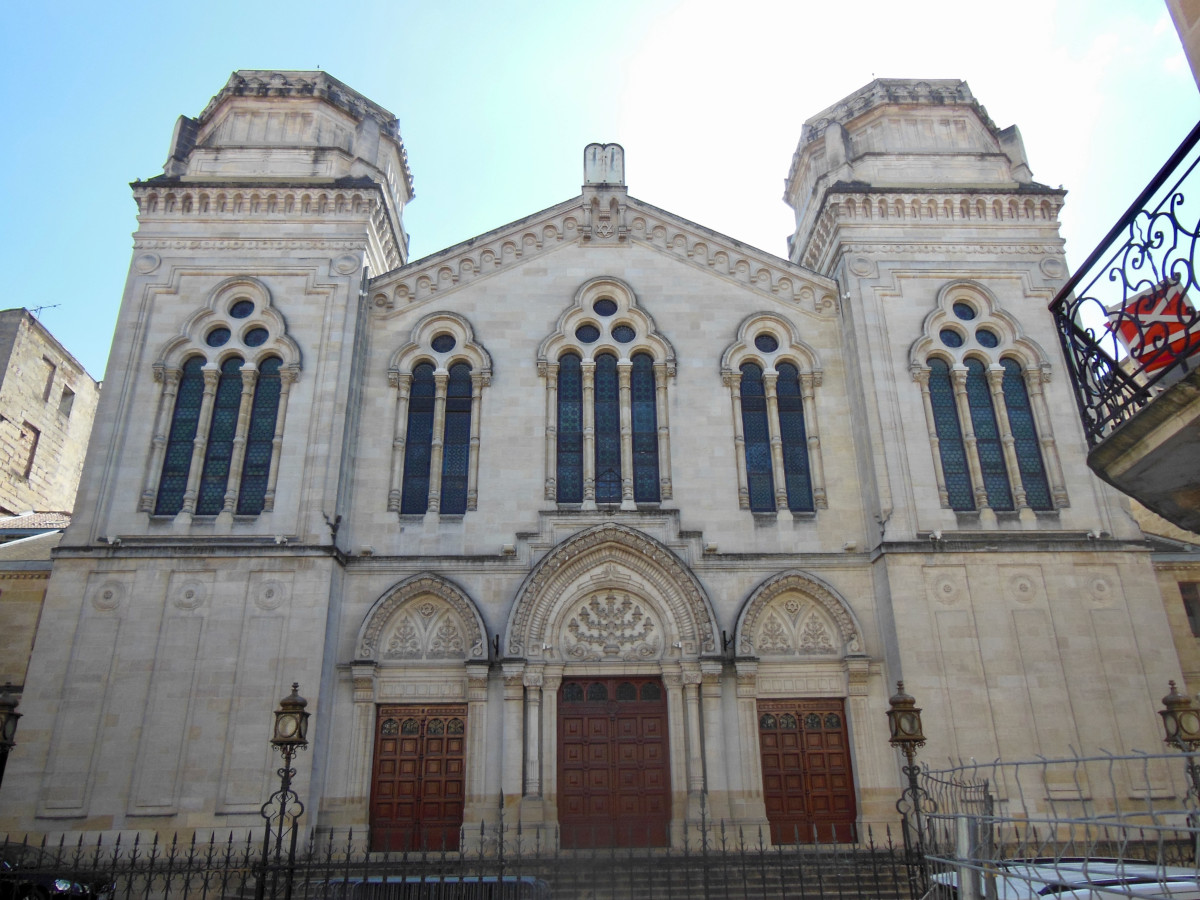
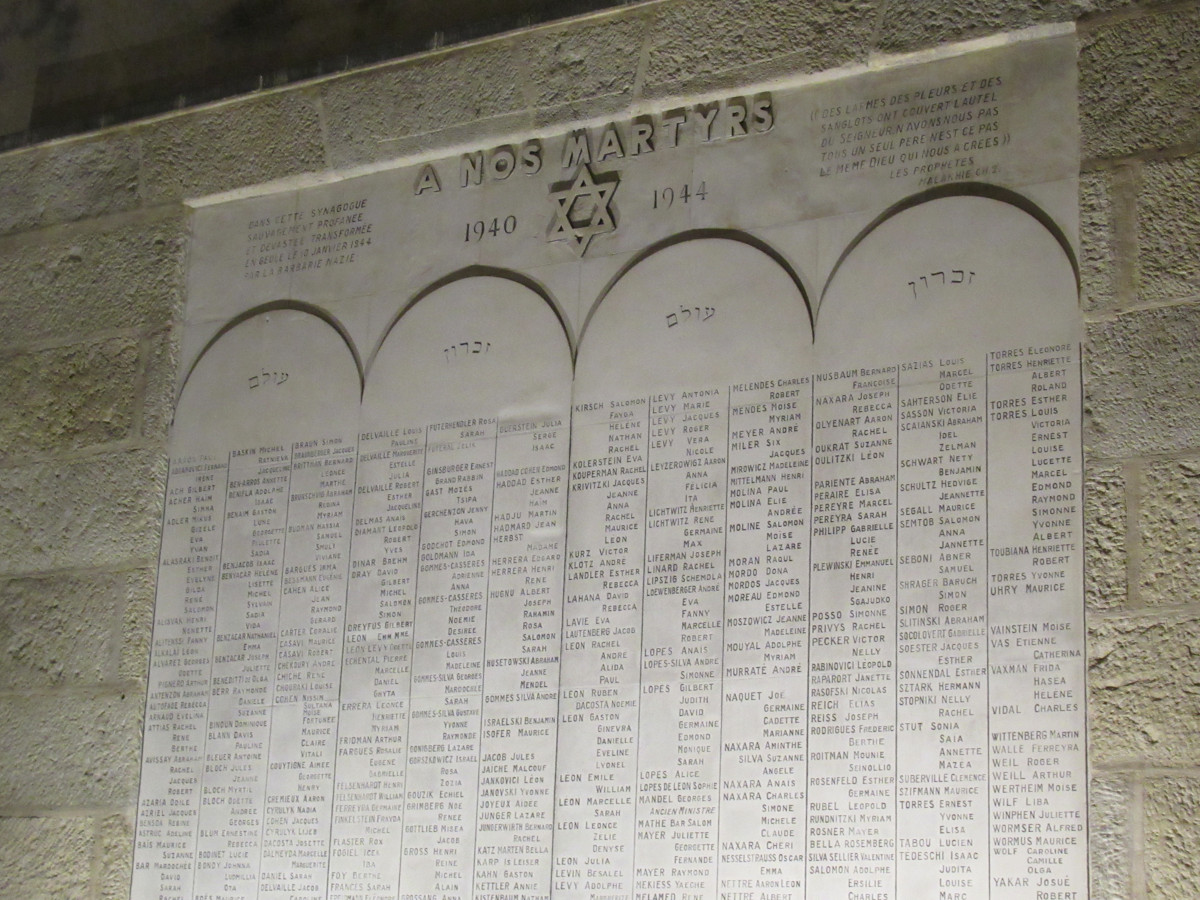

A visit to the Great Synagogue of Bordeaux is a sobering reminder of the group who suffered most of all during the Occupation of Bordeaux, the Jews. You can book a guided tour, or simply go and view the outside of the building, on Rue du Grand Rabbin Joseph Cohen, just off the Cours Victor Hugo, where there is a huge and moving memorial on a wall in the courtyard.
Jews all over France were stripped of their citizenship in July 1940 and persecution followed. By September all their shops and businesses had to be labelled as Jewish, making them prone to attack and in 1941, much stricter laws were introduced including the obligatory wearing of the yellow star and a ban on entering public places including parks, cafes and sports venues. In the spring of 1942 an exhibition of anti-Jewish propaganda, Le Juif et la France, was held at the city art gallery and attended by over 60,000 people. In June that year, the round-ups began and by the liberation in 1944, 14 convoys of men, women and children had left Bordeaux for the death camps.
An eye-witness, Gérard Nahon, described the attack on the synagogue on 15th March 1944 when SS troops burst in armed with axes and machine guns: ‘They demolished the wooden panelling, the pulpit, the organ, the harmonium and the pews. They smashed the windows and chandeliers into thousands of pieces …..’. The marble memorial plaque outside bears the Star of David, the dates 1940 and 1944 and the heading ‘A nos martyrs’ (To our martyrs), above a list of names. It also bears an inscription, describing the desecration of the synagogue by ‘Nazi barbarism’ and then the words: ‘We cover the altar of the Lord with tears, weeping, and moaning. Have we not all one Father? Did not one God create us?’
There is much more detail on the podcast, including individual stories from the period. Also, there are details of the Jean Moulin Museum, closed at the time of writing, but scheduled to re-open, although no date is currently available. It will tell the story of the French Resistance, especially in Bordeaux and its surroundings, through documents and exhibits, many of them donated by former Resistance members. Items on display in the original museum included firearms, a World War II jeep and materials on the underground printing presses operated by the Resistance.
the liberation

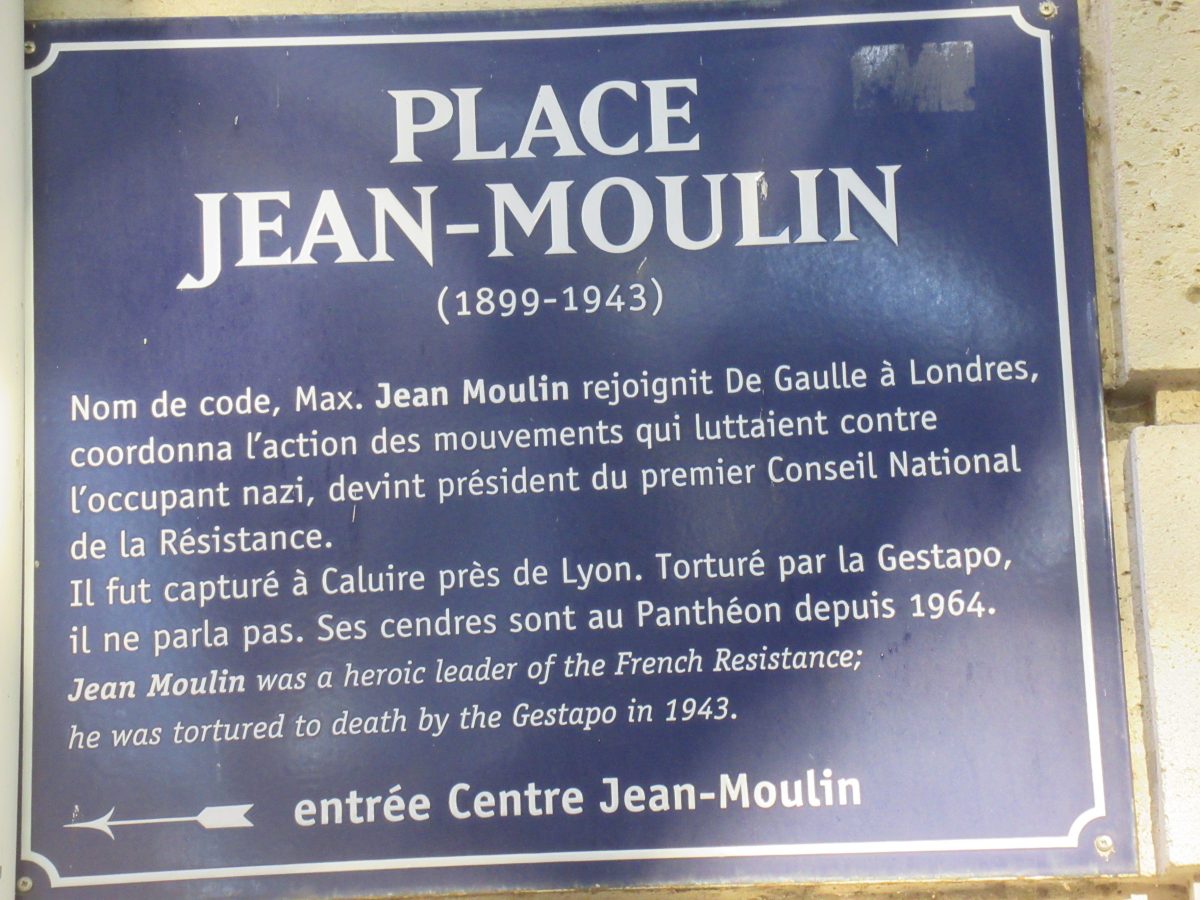

After D Day in Normandy on June 6th, 1944 the liberation of Bordeaux finally seemed possible. Resistance groups redoubled their efforts, cutting all the main railway lines out of Bordeaux and sabotaging German communication networks in preparation for the arrival of the Allies. And, on August 28th, it finally happened. German troops were given until midnight to leave and the FFI (Forces Françaises de l’Intérieuri) entered the city at one minute past. Days of patriotic jubilation followed and the new, independent newspaper, Sud Ouest, wrote that ‘better days are coming.’ Public transport and telephone networks re-started, but food rationing continued.
On September 17th, Général de Gaulle himself visited Bordeaux and gave a rousing speech which ended in the thunderous communal singing of La Marseillaise, which, he said, meant more than a thousand speeches. He acknowledged all the sacrifices which had been made, praised the courage of those who had resisted and celebrated the city’s return to liberty with the words ‘The dreadful nightmare which engulfed your city and all of France these last four years has at last blown away. The nightmare of invasion, of capitulation, of servitude has gone … leaving behind a France once again free, once again indomitable, once again proud.’
listen to the podcast
REading suggestions
Life in Bordeaux under the Occupation by Jane Anson
Game of Spies by Paddy Ashdown
Jewish Fates in Bordeaux during the Second World War Centre Jean Moulin website
Histoire de Bordeaux by Madeleine Lassère (French only)
links for this post
Bassins à Flot
Bassins des Lumières
Great Synagogue of Bordeaux
Previous episode Bordeaux’s Riverside Heritage
Next episode Bordeaux Wine
Last Updated on November 21, 2024 by Marian Jones


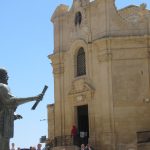



You might also note the bust of Aristides de Sousa Mendes in Esplanade Charles de Gaulle, and the plaque at 14 Quai Louis XVIII, site of the former Portuguese consulate. These both honor Sousa Mendes, who was the Portuguese consul in Bordeaux in June 1940. Against his government’s direct orders, Sousa Mendes issued thousands of visas to desperate refugees. Among those he saved with these visas are Salvador Dali, Otto von Habsburg (crown prince of Austria), Grand Duchess Charlotte of Luxembourg, the mother of American rocker Huey Lewis, and the married couple who wrote the Curious George books. See https://sousamendesfoundation.org for more information.
Fascinating! Thank you for taking the time to send this detailed comment.